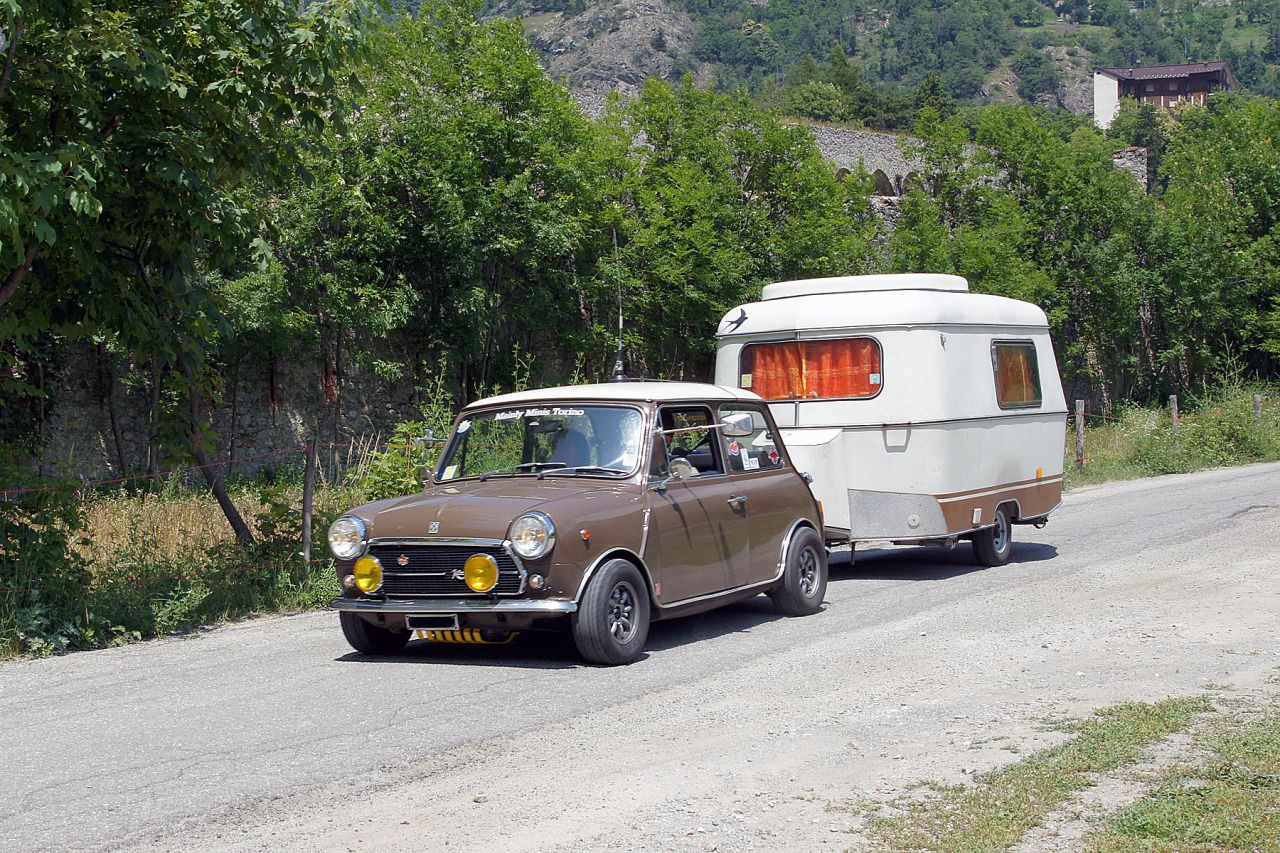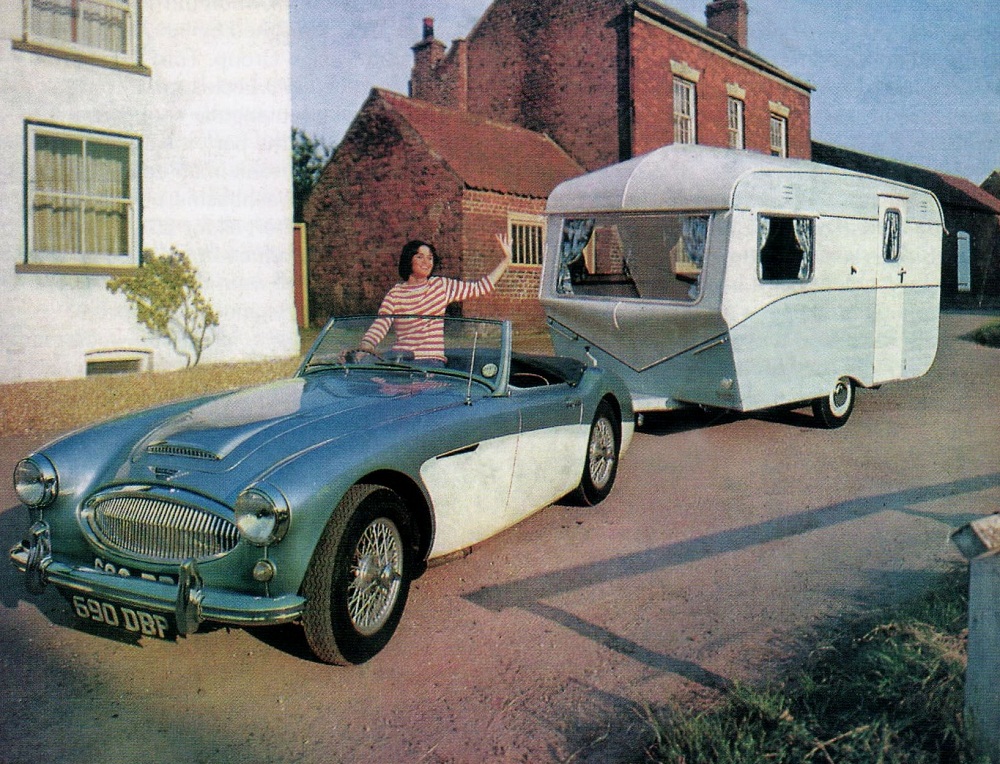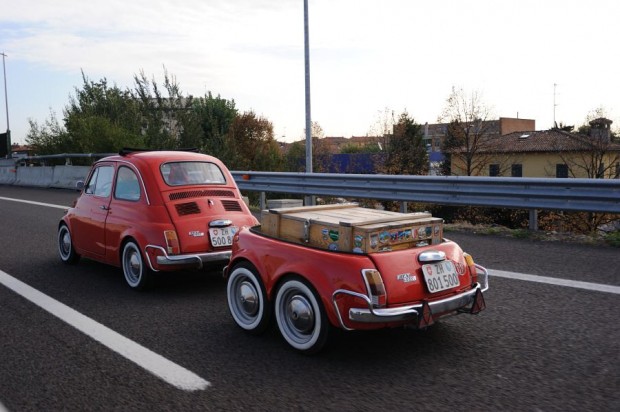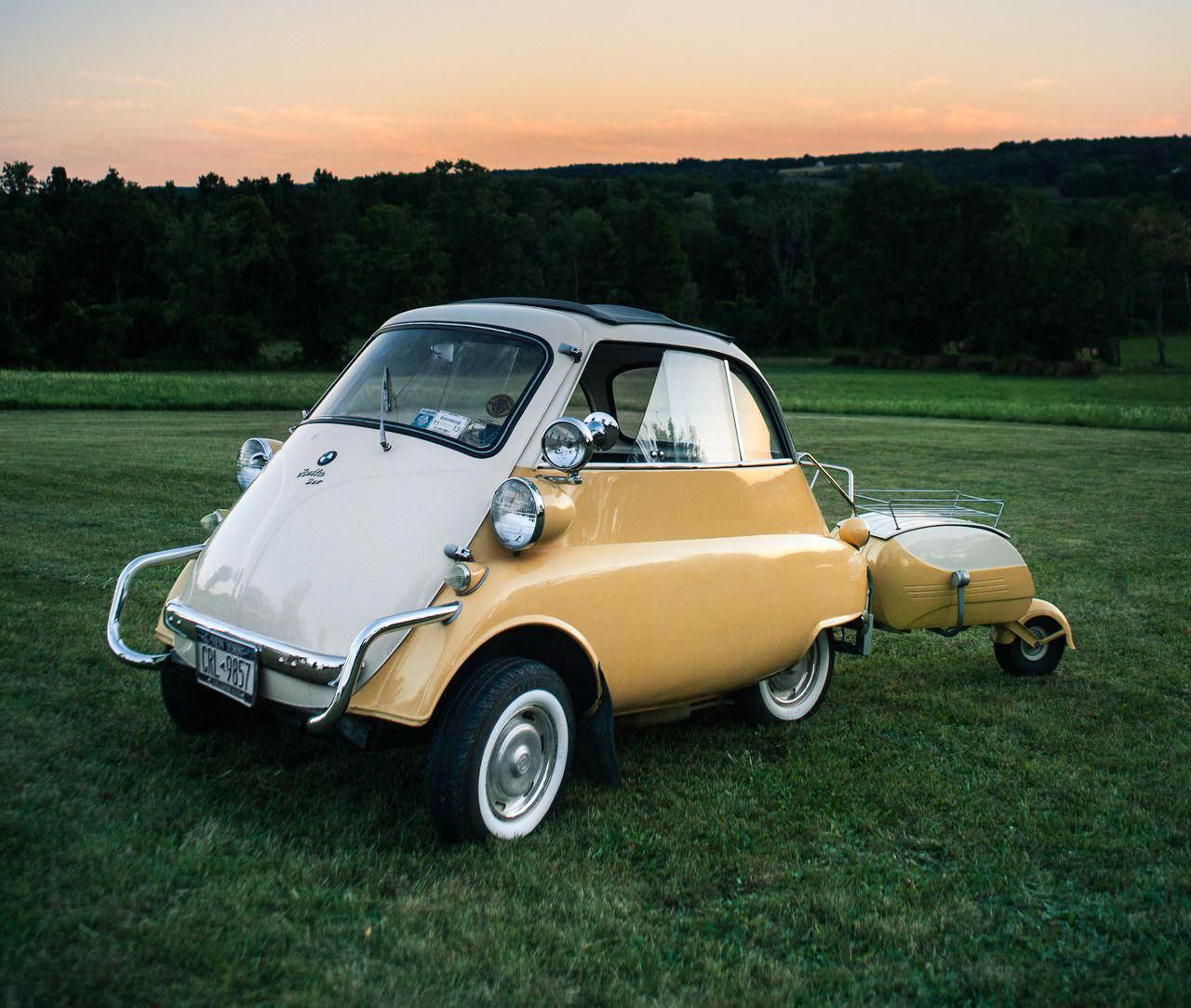European caravans? Small is beautiful
Photo credit: Wheelsage, Dethleffs, Erwin Hymer Museum, 2CV Club Italia, Bessacar
Big cars, large caravans, small cars, small caravans. We have already documented how as early as the 1930s in the United States, trailers as they called them, were already large and luxurious, at times with aeronautical origins and mirror-finish metal bodywork. In Europe, the first attempts at producing caravans came much later and in significantly smaller sizes.

In fact, some were specifically designed to be towed by utility vehicles such as the Citroen 2CV, Fiat 600 and the Mini. And not only that, even the tiny Fiat 500 had its own small bespoke caravan. That’s right but what should we call them? The name ‘roulette’ derives from ‘rouler’, the French word for ‘drive along’, which is essentially exactly what it did and still does to this day: drive somewhere and stop when it arrives in the right place.

The magnificent, tiny European caravans of the 1950s and 1960s are now very rare and hard to find, as they have mostly been left out to rot under the bad weather. But today there is a return to the spontaneity of those years in which everything made it possible to forget the poverty of the war. Some of the examples we propose come from Erwin Hymer Museum in Germany and confirm the charm of this interpretation of journeys.
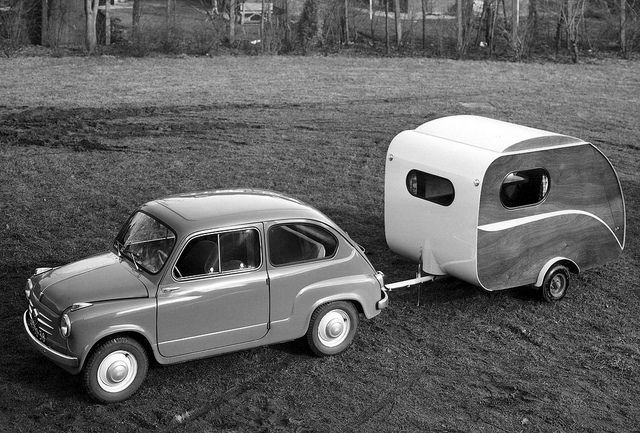
The Germans have always been great holiday lovers with caravans and campers, and for those in search of one, it’s a great hunting ground. The historic Knaus still makes them, as does Trigano in France and Arca and Roller in Italy. Alas, for now, there are no new Mini and new Fiat 500 style revivals. But as the saying goes: never say never.
